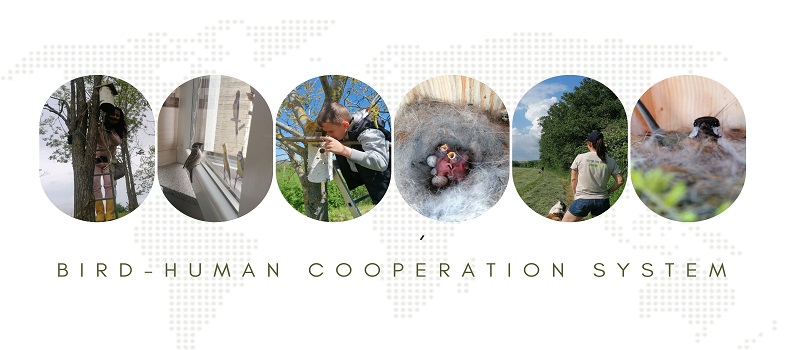possible scenario
I think both scenarios are possible at once, depending on the scale and the timeframe you’re looking at. On the one hand, humans are capable of profound change—we’ve shifted entire energy systems, transformed economies, and restructured societies when pressured by necessity, innovation, or shared vision. On the other hand, inertia, vested interests, and human psychology often keep us locked into familiar paths until crises force action.
So I’d say: in the near term, I expect a mix of incremental change and continued strain—progress in some areas, stagnation in others. But in the longer term, I think deeper shifts are inevitable. Either we change because we choose to, guided by foresight and cooperation, or we change because the consequences of inaction force us to
1. Climate & Environmental Trends
-
Current path: According to the IPCC Sixth Assessment Report (2021–2023), if policies remain as they are today, we are heading toward 2.5–3 °C of warming by 2100. That means more extreme weather, biodiversity loss, food and water insecurity.
-
Capability for change: Studies show that global emissions could peak before 2030 if current renewable energy adoption and policy momentum continue. Solar, wind, and battery technologies are expanding faster than most forecasts predicted a decade ago.
2. Energy & Technology
-
Current path: Fossil fuels still provide ~80% of global energy (IEA, 2023).
-
Capability for change: The cost of solar power has dropped by ~90% since 2010, wind by ~70%, and storage technologies are scaling quickly. Evidence shows renewables are already the cheapest form of new power in most regions. That makes a large-scale transition technically and economically possible.
3. Human Behavior & Policy
-
Current path: Behaviorally, humans often stick to “status quo bias,” and policies usually lag behind scientific recommendations.
-
Capability for change: There are examples of rapid societal shifts under pressure (e.g., the ozone crisis, COVID-19 vaccine rollouts, phasing out leaded gasoline). Research in behavioral and political sciences shows crisis moments accelerate collective action.
4. Equity & Global Action
-
Current path: Inequalities between nations and within societies slow progress—developing countries demand growth space while developed ones resist deep cuts.
-
Capability for change: Studies (Lancet Planetary Health, 2022) show that policies combining climate action with social equity (e.g., just energy transitions, sustainable food systems) can reduce both emissions and inequality at the same time.
Summary of the evidence:
-
If we stay on the current path → likely overshoot safe climate thresholds.
-
If we fully use existing technology and policies → it’s scientifically possible to stay below 2 °C, maybe even close to 1.5 °C.
-
Whether we change depends less on technical capacity and more on political will, cooperation, and social acceptance.
So: we are capable of change, but the evidence suggests we are not yet changing fast enough to avoid the hardest consequences
